Chapter 12: Figurative Language: The Basics
Becoming more familiar with figurative language can also help in interpreting the symbolic representation found in art forms. Some of the figurative language and poetic devices include:
1. Imagery-Using sense experiences, (sound, taste, touch, etc.) poets are able to re-create a scene or mental image. For example, in William Blake poem “The Tyger” readers are able to visualize the tiger based on Blake’s vivid description. The tiger’s “eyes,” “sinews,” “heart,” and “brain” are described and readers are challenged to wonder who “made” the tiger? A force for good? A force for destruction? The beauty, strength, and power of the tiger also exist with its predatory capacity. In comparing Blake’s “The Lamb” with “The Tyger,” Holbrook (2022) writes that “if the Christian lamb is conventionally viewed as God incarnate (a physical manifestation of God), then how might this “fearful” creature (the tyger) embody its maker? Do the “burning,” “fire,” and “furnace” suggest another possible creator, one from the ‘deep’” (p.58)? It is important to note that William Blake is a literary artist. His art (including paintings, colour prints, and engravings) and poetry illustrated his philosophical view about existential mysteries that include life, death, goodness, the existence of evil, and the fate of humankind.
2. Empathic Projection-The ability to identify emotionally with an object and animate it through feelings. Personification is a type of empathic projection; human qualities and feelings are attributed to nonhuman creatures, abstractions, and objects (Holbrook, 2022). Poems such as “Fog” by Carl Sandburg, “Ah, Sunflowers” by William Blake, and “I Wandered Lonely as a Cloud” include empathic projection and personification.
3. Symbols-Symbols are interpretations of human experience (Roukes, 1982) and along with signs and signals, are essential cognitive tools for interpreting, codifying, and understanding knowledge and lived experiences. “Symbol making is a special kind of mental activity whereby complicated ideas and knowledge can be communicated visually through graphic images…The entire spectrum of human learning, reasoning, and communicating is founded on symbolic operations.” (Roukes, p. 53). Writers and artists can convey hopes, fears, wishes, sensations, moods, and intuitions with symbols. For instance, in Robert Frost’s “The Road Not Taken” the roads could be interpreted as symbols of life choices and decisions. Symbolic communication may also be connected with sensory modes (sound patterns, visual configurations, tactile through touch, etc.). The content of dreams may also contain psychological symbols of emotions and experiences. The “symbolic truth” of these dream symbols are open to further interpretation and understanding (Roukes, p. 54). Many artists considered the dream as a “philosopher stone” to the extra-rationale, higher levels of consciousness, and the sub-conscious. As you read the poems and view the art, consider the artists’ use of symbolism.
4. Metaphor: “A fire of speech comparing one thing to another; unlike a simile, a metaphor does not flag the analogy with “like or “as” (Holbrook, p. 159). Metaphors are considered symbolic extensions of analogies; they may be universal or more abstract and can be found in both art work and literary writing (Roukes, 1982, p. 9). New concepts for the imagination are conveyed through metaphors. 17th metaphysical poets like John Donne used complex metaphors called “conceits” which involved abstract, sometimes paradoxical and obscure comparisons. In “A Valediction: Forbidding Mourning” the speaker notes that although he may be separated physically from his lover by long distances, their emotional and spiritual bond can be compared to gold that is strong enough to be hammered into fine plates:
Our two souls therefore, which are one,
Though I must go, endure not yet
A breach, but an expansion,
Like gold to airy thinness beat.
(For the complete poem “A Valediction Forbidding Mourning” by John Donne, please open the link here..
5. Personification– The attribution of human characteristics to non-human creatures, abstract concepts, and animals. In “The Sun Rising” (this section) John Donne compares the sun to a “busy old fool” interrupting the lovers’ idyllic world.
6. Theme- The central idea or ideas that the writer/artist is trying to convey. What message is the artist/writer conveying about life? Which message is being conveyed about aspects of the social, political, cultural, and psychological spheres of life? What message is being conveyed about nature and the natural world? About human and non-human life?
7. Tone– Atmosphere, feeling, and mood conveyed by an artist/writer through colour, images, symbols, words, and imagery. What is the overall effect of the work of art/writing?
8. Oxymoron: A figure of speech that connects contradictory and paradoxical statements (e.g. “loud silence,” “living dead,” “creative destruction,” etc.).
For a more complete glossary of poetic terms and devices please open The Poetry Foundation link below.
9. Poetic Form and Genre: While many modern and contemporary poems are written in free verse which does not adhere to a particular style/rhyming pattern (Holbrook, 2022), there are also many poems that follow a particular form. Some of these include: Sonnets, Ballads, Haiku, Odes, Concrete poem etc. You can find more specific definitions of various poetic forms in the Poetry Foundation Glossary below. From an artistic angle, a particular painting might reflect a specific style (e.g., Impressionist, Symbolist, Expressionist, Modern, Abstract, etc.).
10. Writer/Artists’ Biography: Understanding the writer from a social, cultural, and historical lens can help you appreciate the work of art/literature/non-fiction text. Understanding the psychological and philosophical landscape of learning can enrich and, potentially, inspire you to embark on your own creative journey. To what extent were the artists reflecting the society/world they saw? Were they reacting and challenging particular socio-political and cultural events? Were they reacting to a particular experience or world event?
Glossary of Literary Terms
Please click on the links for more information about poetic, literary terms, and lessons.
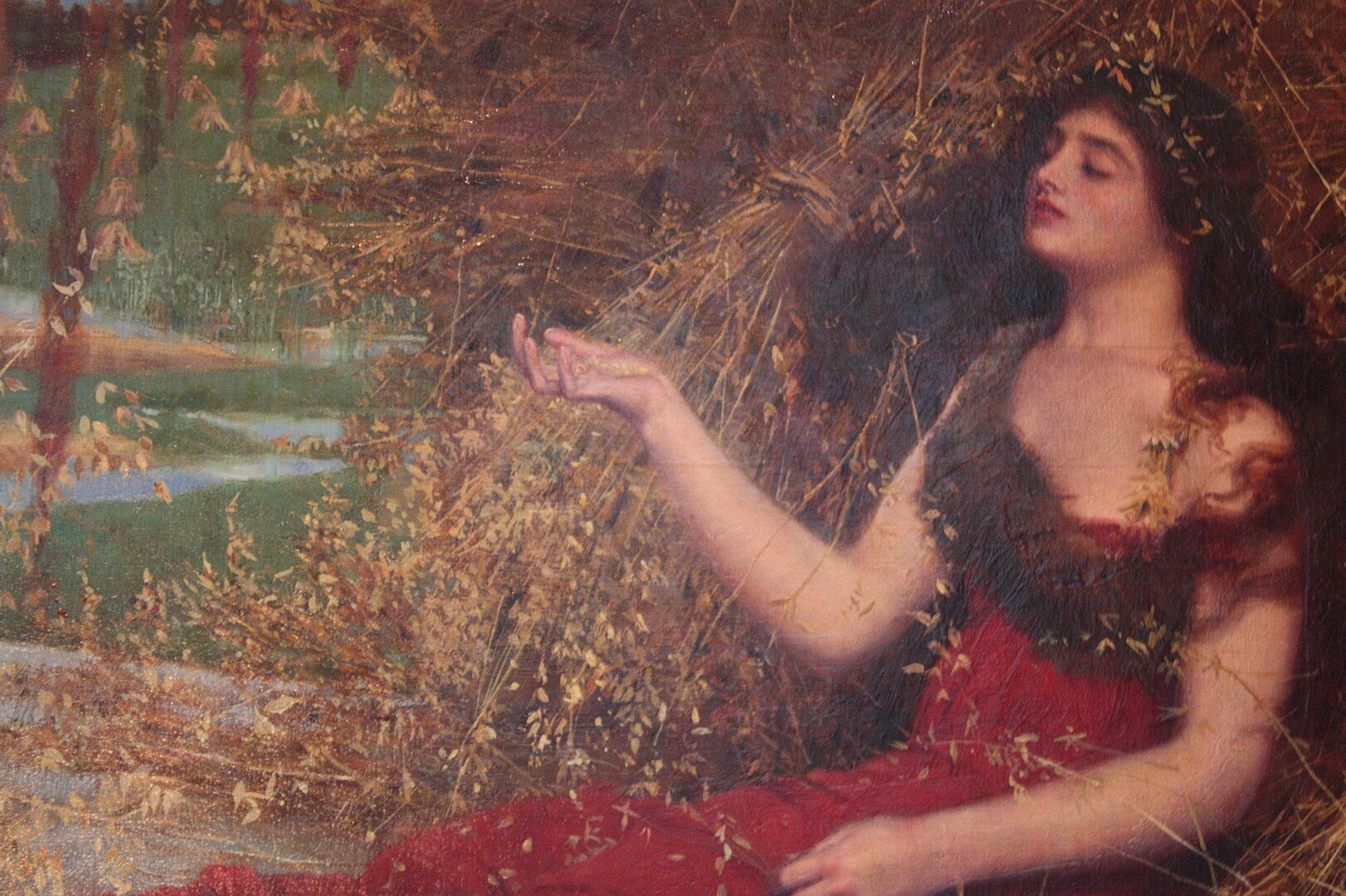
“To Autumn” by John Keats (1795-1821)
Season of mists and mellow fruitfulness,
bosom-friend of the maturing sun;
Conspiring with him how to load and bless
With fruit the vines that round the thatch-eves run;
To bend with apples the moss’d cottage-trees,
And fill all fruit with ripeness to the core;
To swell the gourd, and plump the hazel shells
With a sweet kernel; to set budding more,
And still more, later flowers for the bees,
Until they think warm days will never cease,
For summer has o’er-brimm’d their clammy cells.
Who hath not seen thee oft amid thy store?
Sometimes whoever seeks abroad may find
Thee sitting careless on a granary floor,
Thy hair soft-lifted by the winnowing wind;
Or on a half-reap’d furrow sound asleep,
Drows’d with the fume of poppies, while thy hook
Spares the next swath and all its twined flowers:
And sometimes like a gleaner thou dost keep
Steady thy laden head across a brook;
Or by a cyder-press, with patient look,
Thou watchest the last oozings hours by hours.
Where are the songs of spring? Ay, Where are they?
Think not of them, thou hast thy music too,—
While barred clouds bloom the soft-dying day,
And touch the stubble-plains with rosy hue;
Then in a wailful choir the small gnats mourn
Among the river sallows, borne aloft
Or sinking as the light wind lives or dies;
And full-grown lambs loud bleat from hilly bourn;
Hedge-crickets sing; and now with treble soft
The red-breast whistles from a garden-croft;
And gathering swallows twitter in the skies.
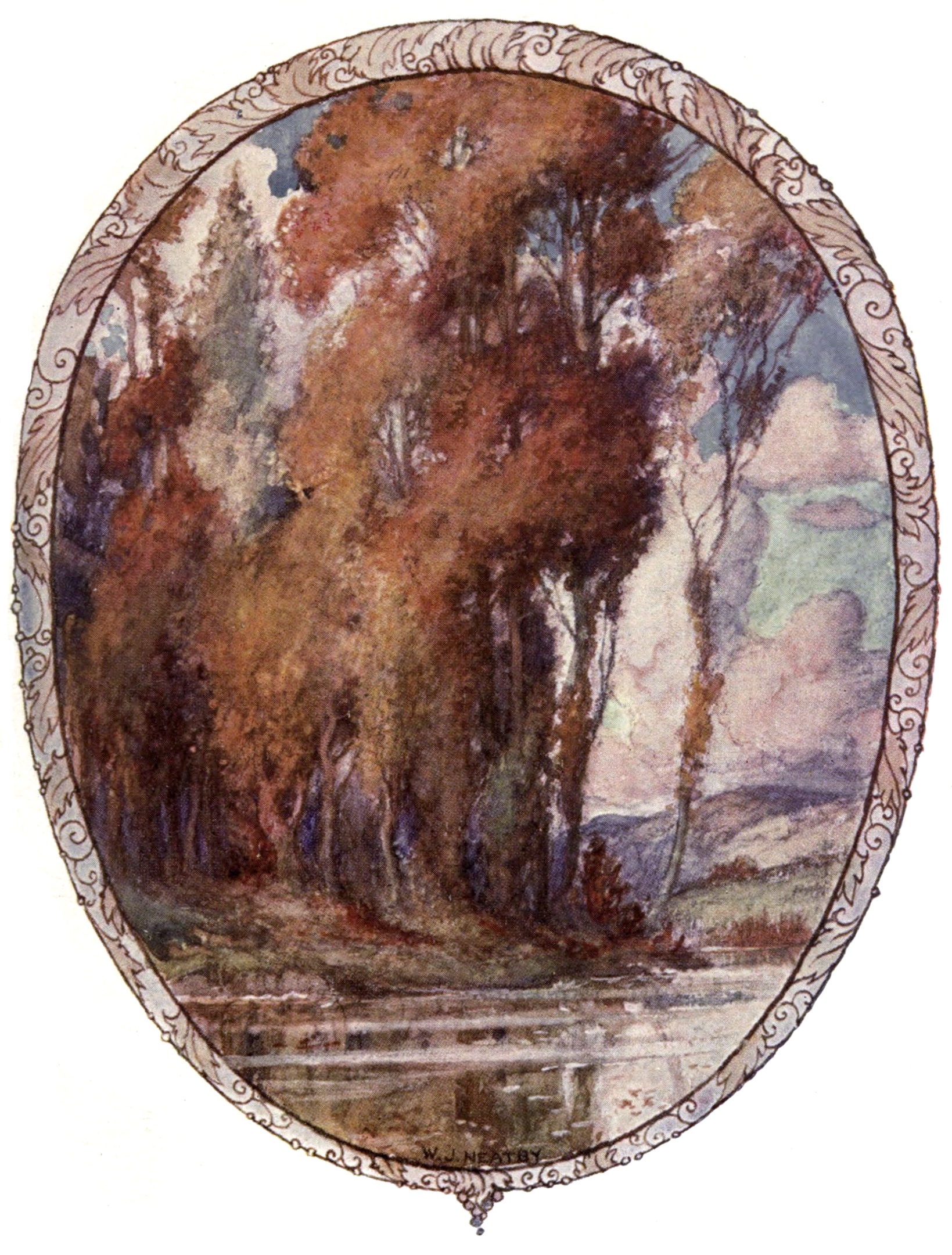
Encouraging Creative Thinking (Torrance test of creative thinking, 1974, cited in R. J. Sternberg, 2003, p.93). Personality qualities often associated with creative individuals include independence of judgement, divergent thinking, curiosity, and intrinsic motivation.
Creative Thinking Exercise (from Torrance, 1974)
- Asking questions: Based on a drawing of a particular scene, generate as many questions as you can.
- Product Improvement: Find as many ways to change a toy so that children can have more fun playing.
- Unusual Uses: Identify/generate interesting and unusual uses for a cardboard box.
- Circles: Develop and expand empty circles into different drawings with titles.
A Creative Approach to Teaching Poetry
Robert J. Sternberg (2003) writes that creativity is the ability to produce work that is novel (that is, original, unexpected), high in quality, and appropriate (that is, useful, meets task constraints) …Creativity is a topic of wide scope, important at both the individual and societal level, creativity is relevant, for example, when solving problems on the job and in daily life. At a societal level, creativity can lead to new scientific findings, new movements in art, new inventions, and new social programs.” (p..89).
Sternberg (2003) further notes that possessing creative skills in a particular area is not enough; individuals make decisions to use and develop their skills. Educators can play an important role by setting a climate of learning where students can form, exchange, critique, and integrate different points of view. Encouraging intrinsic motivation and “successful intelligence” where analytical, practical, and creative skills are developed. Helping students develop wisdom, dialogic thinking, and ethical reasoning can also contribute to a dynamic learning context where innovative and creativity can flourish.
We can apply themes from Sternberg’s description to teaching poetry from creative and multimodal perspectives. Teaching poetry from a multimodal stance makes “visible the fact that communication is not exclusively composed of language” (Wandera, 2016, p. 2). A transformative and visionary education would provide more opportunities for learners to engage with new spaces and meaning in a globalizing world. Using poetry in conjunction with art and other disciplines encourages a greater interconnection of literacy and learning modes in classroom communication. David Wandera (2016) explores creative ways to access the “culturally and geospatially disparate worlds” depicted in Robert Frost’s poetry. Wandera (2016) describes how Kenyan high school students in an International Baccalaureate (IB) applied multimodal literacies in ways that led to creative and transformative learning. Poems that include Robert Frost’s “A Road Not Taken,” “Mowing,” “Home Burial,” and “Out Out” were read and creative responses including visual representations of the content, themes, and images in the poems were described in this research study. The themes and allusions in poems like Frost’s “Out Out”( were compared the expression Macbeth’s grief when he learns of his wife’s suicide. Like the young man in Frost’s poem, Lady Macbeth’s life was too brief. William Shakespeare’s depiction of human tragedy can be compared with Robert Frost’s sense of tragedy in ways that can lead students to think more about the fragility and brevity of life, the personal nature of suffering and loss, fate, and indifference to loss. Exploring art images that illuminate the themes of the poems and exploring figurative language like allusion, symbolism, and sensory imagery can invite learners’ multimodal creative responses.
Wandera (2016) explains that classic and contemporary poems can be visualized and dramatized in ways that encourage emotional expression, dialogue, reflection, and transformative learning. The students in his study had opportunities to share their insights in gallery walks, conversations, and presentations:
Students’ visual and linguistic productions exemplify intersections of visual, textual, and other modes of ‘synesthesia’ (McCloud, 1993). Data also show students’ development of particular competencies: knowledge and comprehension of style and content, engagement with thematic tensions, and an attempt to rend an incisive interpretation of core aspects of these poems (Wandera, 2016, p. 18).
Encouraging learners to explore the universal messages in poetry and then to reconfigure the images and themes in expansive ways by using drawing, scripting, and collage can encourage creative and transformative learning. Wandera (2016) writes that an emphasis on multimodal and creative literacy learning (drama, visual art, place based learning and transcultural literacy development) can:
Broaden students’ sense of self in the world through offering opportunities for engaging with these spaces and meanings. In the classroom, such opportunities can be variously realized including through actual field trips, conversations with others, and virtual visits via the Internet, among a host of modes of contact and communication. It is also becoming increasingly important in our contemporary interconnected world, for people to change how they perceive themselves and others, through enhancing their awareness of worlds beyond their immediate local spaces. Such change fits within the scheme of transformative education whose hallmark is fundamental change in perspective or an altered frame of reference that leads to enduring change (Taylor and Cranton, 2012; Mezirow, Taylor, and Cranton, 2009).
There are creative opportunities for learning when themes are explored through different forms and genres.
Teaching Resources
To learn more about the sensory imagery in ‘Out Out’ by Robert Frost, please open the link here.
-“Home Burial” by Robert Frost:
–“The Road Not Taken” by Robert Frost
-“Mowing” by Robert Frost
For lesson plan ideas, please open the link here.
The Legacy of Robert Frost (National Council of Teachers of English, NCTE)
Selected Poems of Robert Frost
“Out Out” by Robert Frost
William Shakespeare’s “Tomorrow, tomorrow, and tomorrow..” from Macbeth.
Additional Resources
Glossary of Artistic Forms and Concepts
‘Out Out’ by Robert Frost
The buzz saw snarled and rattled in the yard
And made dust and dropped stove-length sticks of wood,
Sweet-scented stuff when the breeze drew across it.
And from there those that lifted eyes could count
Five mountain ranges one behind the other
Under the sunset far into Vermont.
And the saw snarled and rattled, snarled and rattled,
As it ran light, or had to bear a load.
And nothing happened: day was all but done.
Call it a day, I wish they might have said
To please the boy by giving him the half hour
That a boy counts so much when saved from work.
His sister stood beside him in her apron
To tell them ‘Supper.’ At the word, the saw,
As if to prove saws knew what supper meant,
Leaped out at the boy’s hand, or seemed to leap—
He must have given the hand. However it was,
Neither refused the meeting. But the hand!
The boy’s first outcry was a rueful laugh,
As he swung toward them holding up the hand
Half in appeal, but half as if to keep
The life from spilling. Then the boy saw all—
Since he was old enough to know, big boy
Doing a man’s work, though a child at heart—
He saw all spoiled. ‘Don’t let him cut my hand off—
The doctor, when he comes. Don’t let him, sister!’
So. But the hand was gone already.
The doctor put him in the dark of ether.
He lay and puffed his lips out with his breath.
And then—the watcher at his pulse took fright.
No one believed. They listened at his heart.
Little—less—nothing!—and that ended it.
No more to build on there. And they, since they
Were not the one dead, turned to their affairs.
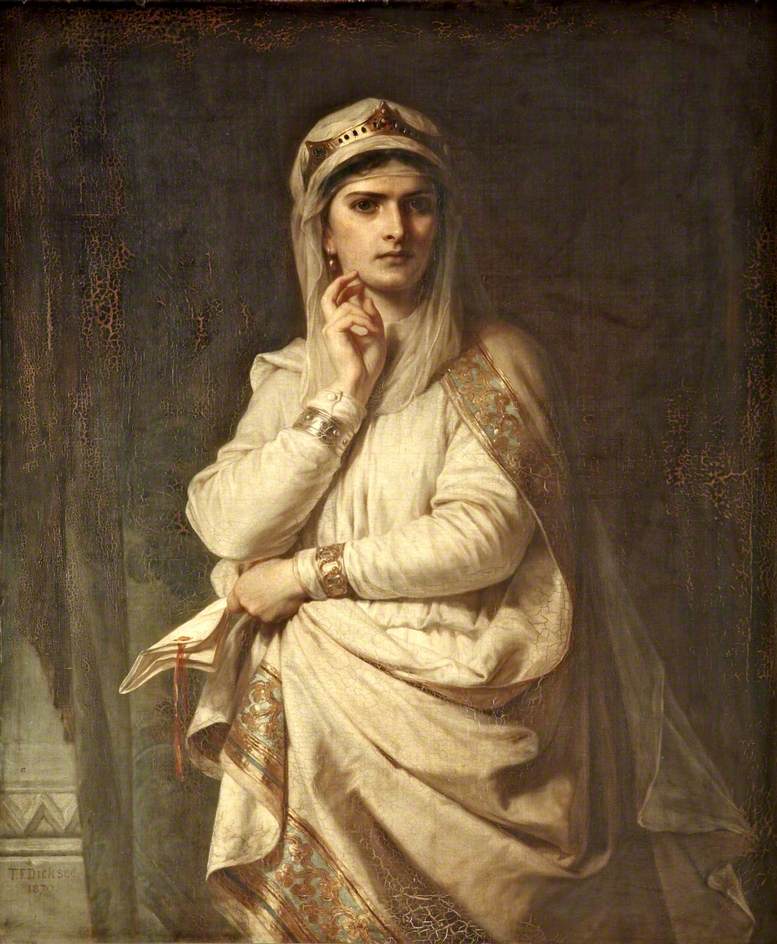
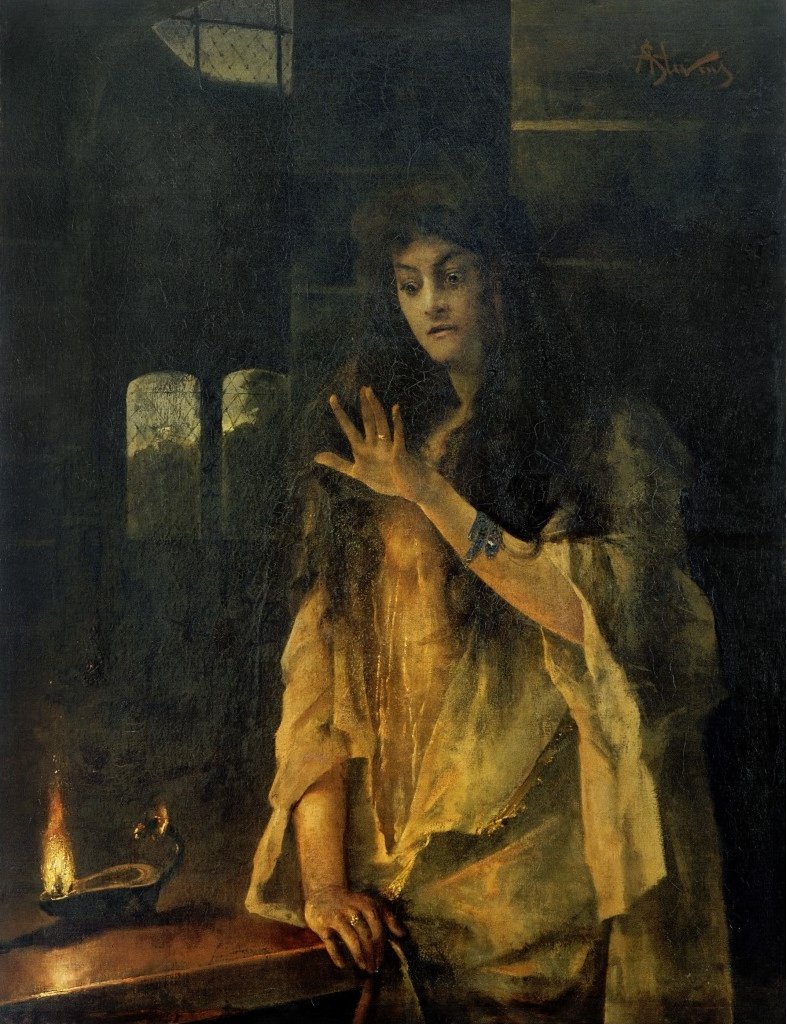
“Tomorrow, and tomorrow, and tomorrow”
by William Shakespeare (from MacBeth, 5.5.)
Tomorrow, and tomorrow, and tomorrow
Creeps in this petty pace from day to day,
To the last syllable of recorded time;
And all our yesterdays have lighted fools
The way to dusty death. Out, out, brief candle!
Life’s but a walking shadow, a poor player,
That struts and frets his hour upon the stage,
And then is heard no more. It is a tale
Told by an idiot, full of sound and fury,
Signifying nothing.
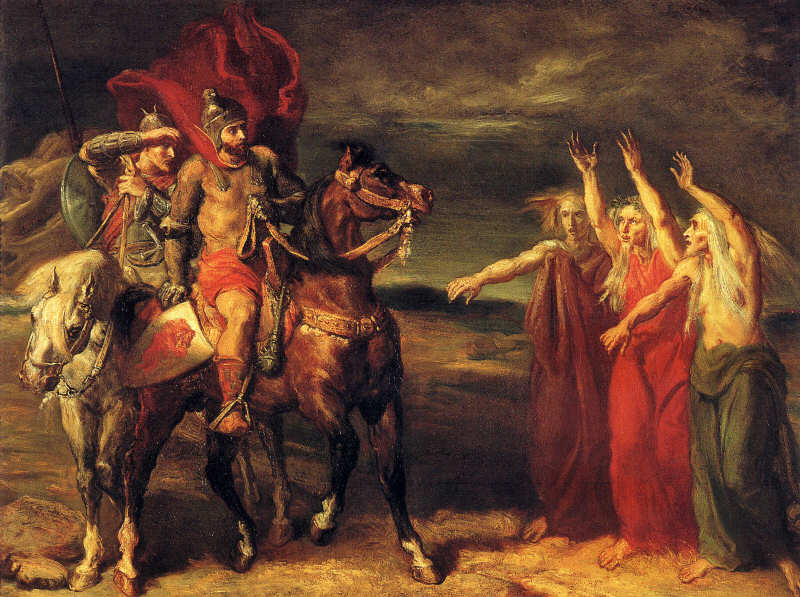
Consistent with the creative learning themes in works by Elliot Eisner and Maxine Greene, transformative learning encourages life-widening perspectives and understandings that build upon interdisciplinarity and transcultural ways of knowing. A shift from “text-centric” understanding to “idea-centric” and “learning-centric” ways of knowing is a foundation for transformative change. R. J. Sternberg (2003) draws on the systems approach that Csikszentmihalyi (1988, 1996) proposed; creativity involves the interaction of the individual, the domain, and the field. Knowledge in specific fields such as art, music, psychology, science, literature, and creative writing occur though an interaction of cognitive processes, personality traits, and motivational styles (Sternberg, 2003, p. 102).
In “Backing into Ekphrasis: Reading and Writing Poetry about Visual Art,” Honor Moorman (2006) writes that she began seeing the similarities between art and poetry through her own visits to art galleries. “The more I immersed myself in art and poetry, the more I valued their role in my life and the more important I felt it was to give students opportunities for personally meaningful experiences with poetic language and aesthetic images” (p.46). She refers to William Blake’s statement that both poetry and are “ways to converse with paradise” (Moorman, 2006, p. 46). Poetry and art reflect the values, beliefs, and ideals of human experience. Moorman provides rich detail for exploring art and poetry connections such as: W.H. Auden’s “Musée des Beaux Arts” inspired by Pieter Breughel’ the Elder’s “Landscape with the Fall of Icarus” and Anne Sexton’s “The Starry Night” inspired by Vincent Van Gogh’s painting of the same name. Moorman encourages the importance of “artful thinking;” she draws upon the common characteristics of painters, composers, writers, and scientists. The museum (in person and virtual) can be a “muse” for inspiring learners to express their own thoughts, beliefs, feelings, and emotions. Higher order thinking skills such as analysis, synthesis, integration, and evaluation can be encouraged with a closer look of poetry and art connections. Music can also be integrated into lessons. Moorman includes ten useful steps to help students analyze a poem that is written about a work of art. Students are also encouraged to discuss art and poetry, and then write their own poetic interpretation of a work of art. “When the relationships between the poems and paintings are acknowledged, students’ emotional and intellectual engagement with the texts is extended to new dimensions; the poem encompasses more and there is more to respond to simply because another art form is integrated into the literacy text” (Cage and Rosenfield, 1999, cited in Moorman, 2006, p. 47).
Some of the paintings and poetry that Honor Moorman (2006) highlights include:
The Red Poppy by Georgia O’Keefe and “The Red Poppy” by Janine Pommy Vega
“The Great Figure” by William Carlos Williams is connected to the art image “Figure Five in Gold” by Charles Henry Demuth.
“Van Gogh’s Bed” by Jane Flanders is connected to “Bedroom in Arles” by Vincent Van Gogh.
“Before the Mirror” by John Updike is connected to “Girl Before a Mirror” by Pablo Picasso.
For a complete list of the poems and paintings that Moorman uses please open the links here and here.
*To learn more about the poet Jane Flanders (1940-2001), please open the link here.
“The Great Figure” by William Carlos Williams (1883-1963)
Among the rain
and lights
I saw the figure 5
in gold
on a red
firetruck
moving
tense
unheeded
to gong clangs
siren howls
and wheels rumbling
through the dark city.
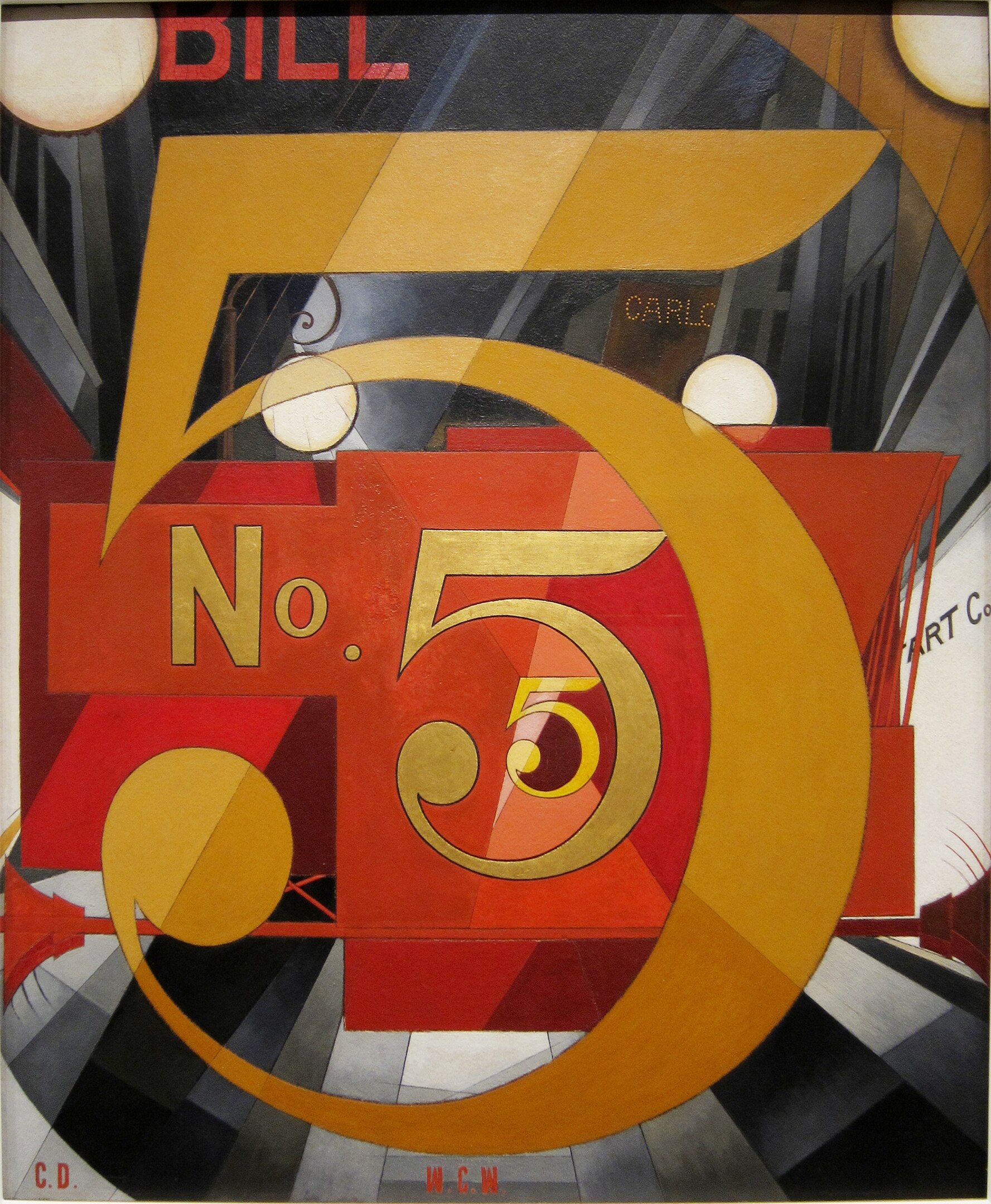
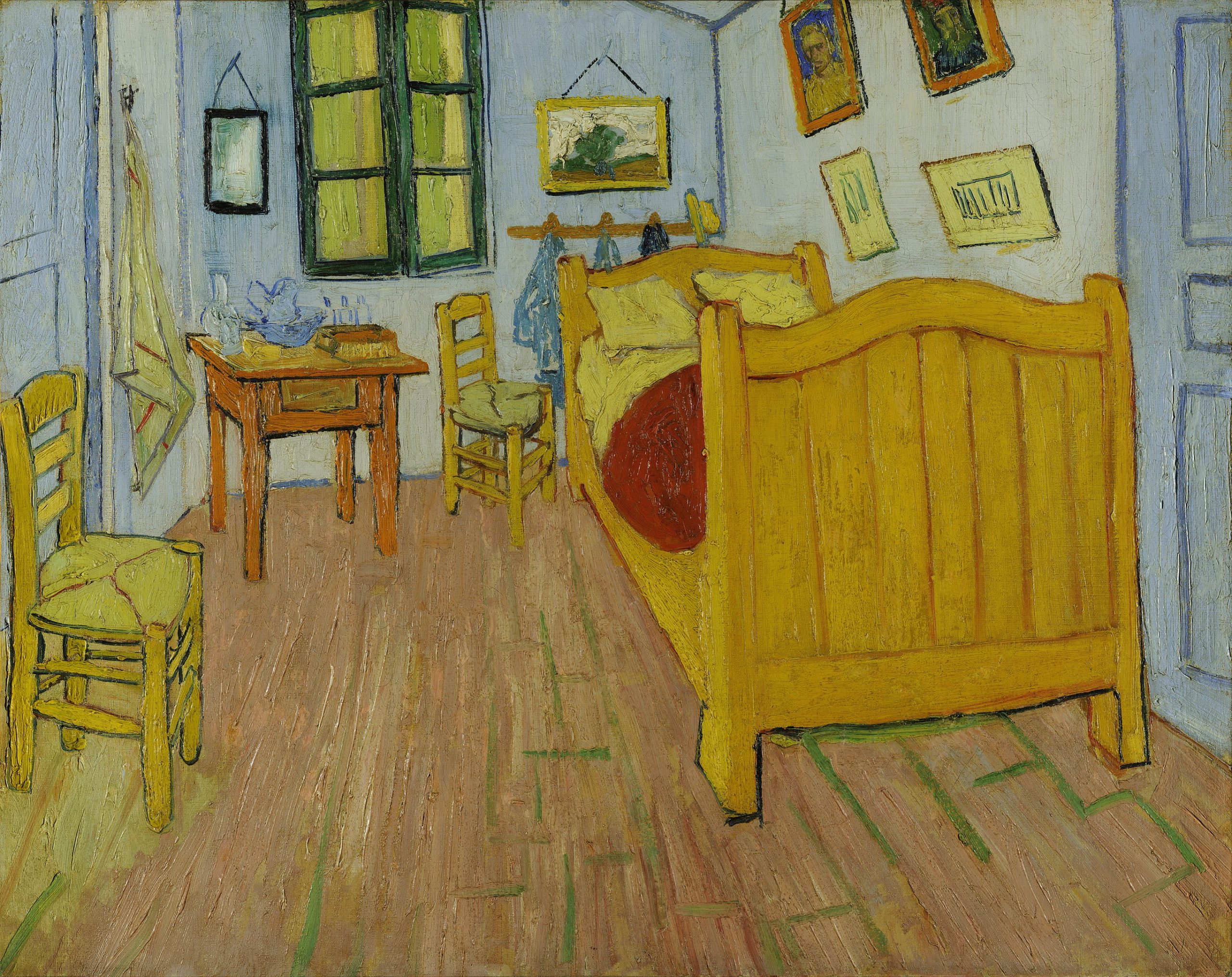
“The Corn Harvest” by William Carlos Williams (1883-1963)
Summer !
the painting is organized
about a young
reaper enjoying his
noonday rest
completely
relaxed
from his morning labors
sprawled
in fact sleeping
unbuttoned
on his back
the women
have brought him his lunch
perhaps
a spot of wine
they gather gossiping
under a tree
whose shade
carelessly
he does not share the
resting
center of
their workaday world
To read more poetry and related texts by William Carlos Williams please open the Project Gutenberg ebook here.
Resources cited in David Wangara’s article “Teaching poetry through collaborative art: An analysis of multimodal ensembles for transformative learning.” Journal of Transformative Education, 2016, 1-12. Sage.
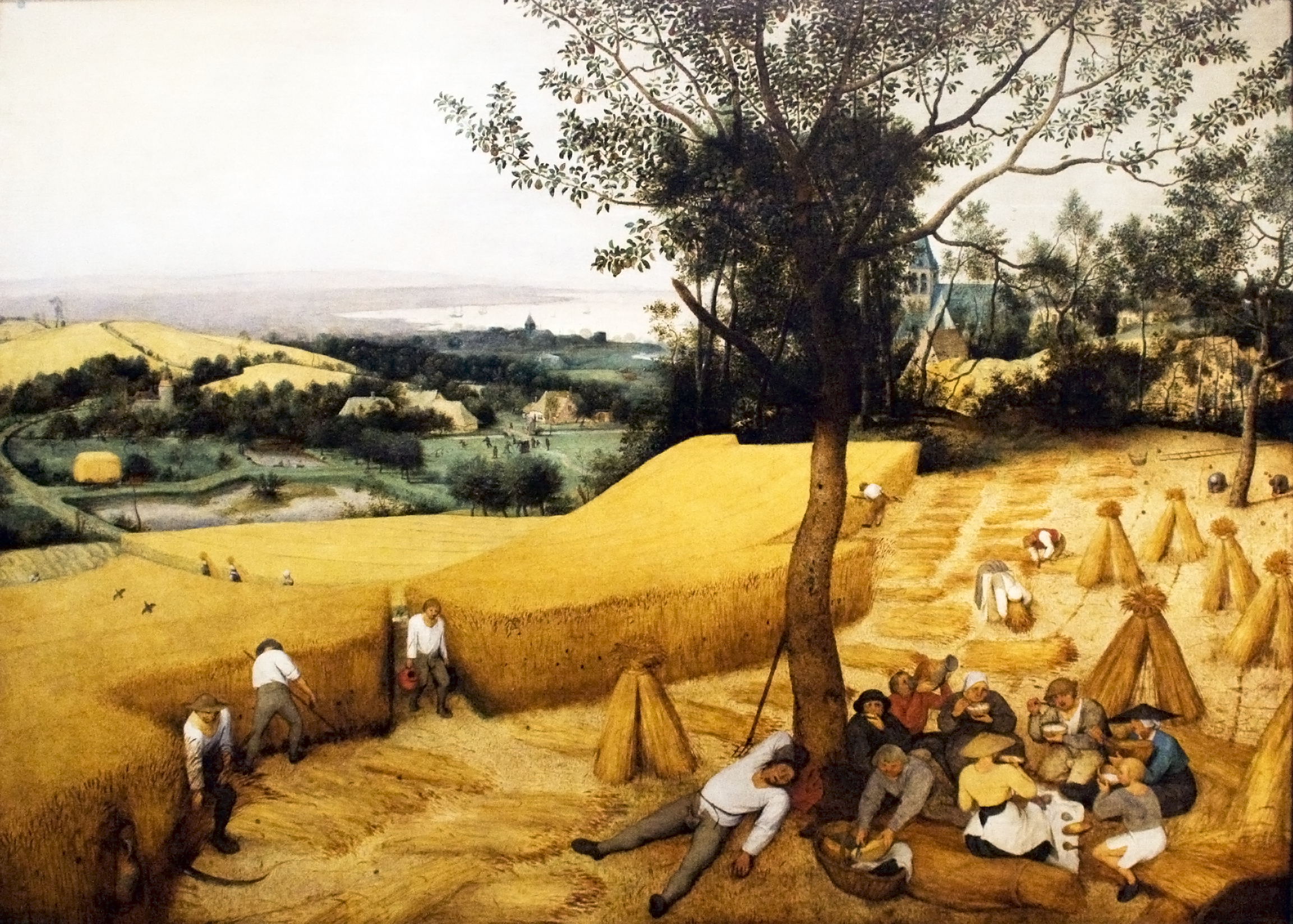
Resources cited in David Wangara’s article “Teaching poetry through collaborative art: An analysis of multimodal ensembles for transformative learning.” Journal of Transformative Education, 2016, 1-12. Sage.
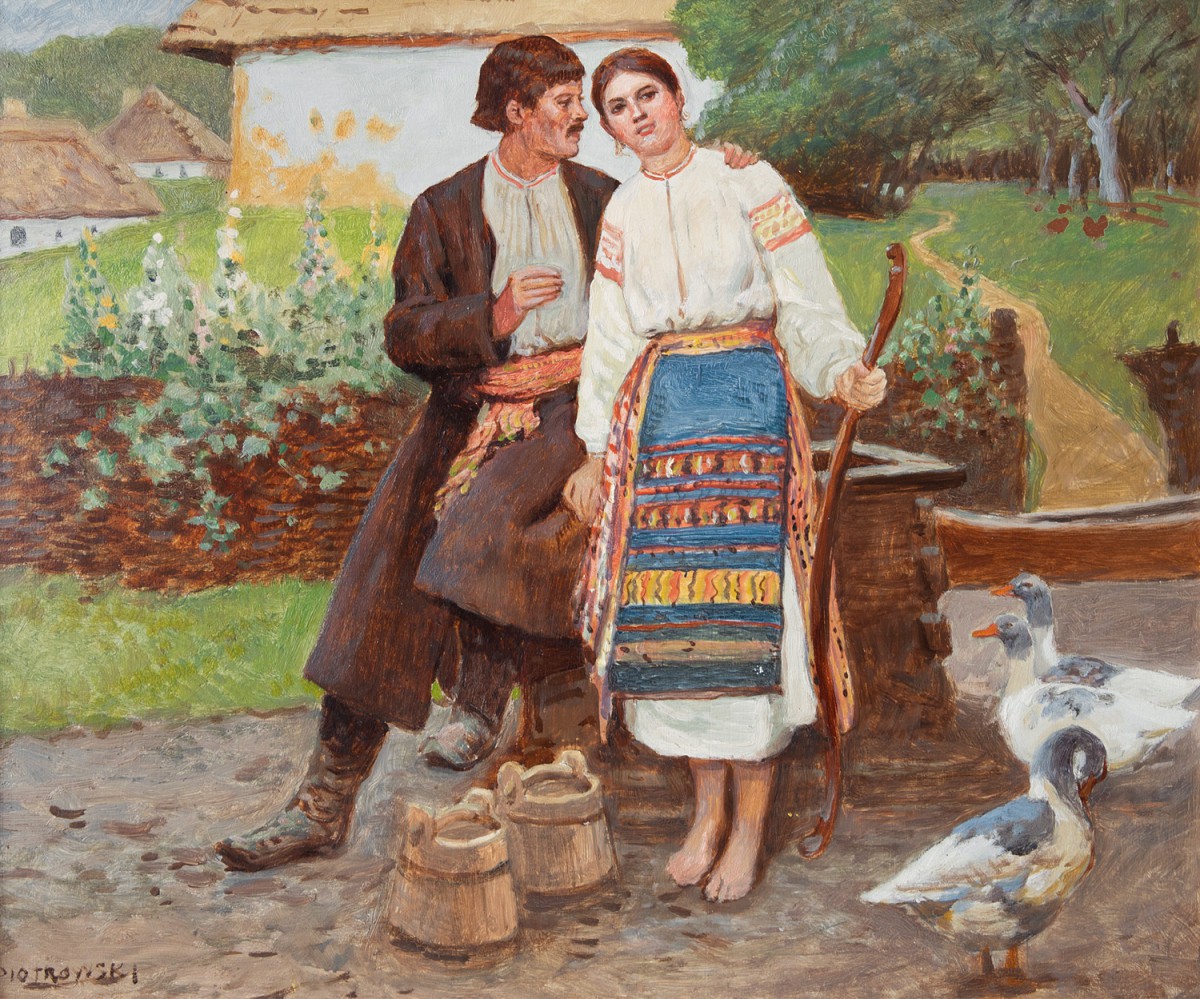
“The Sun Rising” by John Donne (1572-1631)
Busy old fool, unruly sun,
Why dost thou thus,
Through windows, and through curtains call on us?
Must to thy motion’s lovers’ seasons run?
Saucy pedantic wretch, go chide
Late school boys and sour prentices.
Go tell court huntsmen that the king will ride.
Call country ants to harvest offices,
Love, all alike, no season knows nor clime,
Nor hours, days, months, which are the rages of time.
Thy beams, so reverend and strong
Why shouldst thou think?
I could eclipse and cloud them with a wink,
But that I would not lose her sight so long;
If her eyes have not blinded thine,
Look, and tomorrow late, tell me,
Whether both th’ Indias of spice and mine.
Be where thou leftst them, or lie here with me.
Ask for those kings whom thou saw’st yesterday,
And thou shalt hear, All here in one bed lay.
She’s all states, and all princes, I,
Nothing else is.
Princes do but play us; compared to this,
All honor’s mimic, all wealth alchemy.
Thou, sun, art half as happy as we,
In that the world’s contracted thus.
Thine age asks ease, and since thy duties be
To warm the world, that’s done in warming us.
Shine here to us, and thou art everywhere;
This bed thy center is, these walls, thy sphere.

